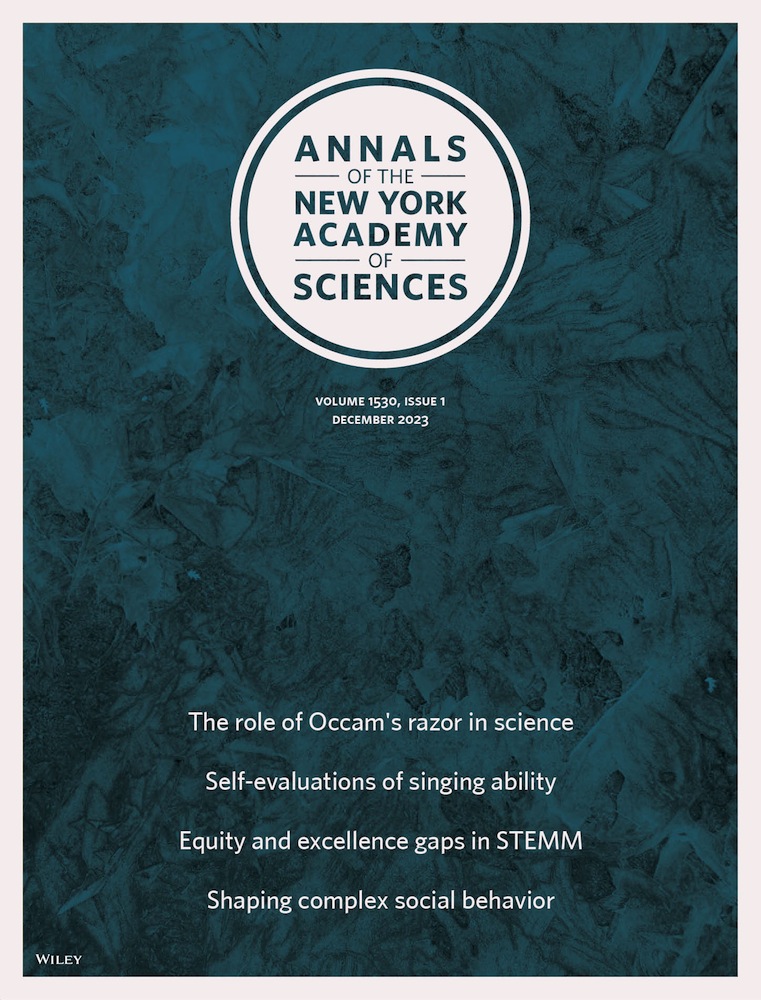Green biomass carbon points with efficient broad-spectrum antibacterial activity and widespread application.
IF 4.1
3区 综合性期刊
Q1 MULTIDISCIPLINARY SCIENCES
引用次数: 0
Abstract
With low toxicity and good biocompatibility, carbon dots (CDs) are widely used in the fields of biosensing and drug delivery. In recent years, they have demonstrated excellent antimicrobial properties, thus becoming another research hotspot in the antimicrobial field. However, most of the studies showed that CDs were effective in inhibiting Gram-positive bacteria but ineffective against Gram-negative bacteria. In this study, macadamia nutshell (MNS)-CDs were prepared from the hard shells of macadamia nuts by a one-step hydrothermal method, and their appearance, morphology, structural composition, antimicrobial properties, and toxicity were investigated. The results showed that the MNS-CDs were spherical particles with an average diameter of about 4.25 nm, with hydrophilic groups, a hemolysis rate of less than 2%, good biocompatibility, and excellent antimicrobial properties against both Gram-negative and Gram-positive bacteria. The antimicrobial mechanism of these materials was also investigated. The inhibition of Gram-negative bacteria by MNS-CDs was mainly due to electrostatic interactions, while the inhibition of Gram-positive bacteria was mainly based on activated oxygen sterilization. Furthermore, MNS-CDs achieved good antimicrobial effects when applied in the fields of water purification, plates, fabrics, and food packaging, indicating that the prospects of their broad application are good.绿色生物质炭点具有高效广谱抗菌活性,应用广泛。
碳点具有低毒性和良好的生物相容性,在生物传感和药物传递领域有着广泛的应用。近年来,它们表现出优异的抗菌性能,成为抗菌领域的又一研究热点。然而,大多数研究表明,CDs对革兰氏阳性菌有效,而对革兰氏阴性菌无效。本研究以夏威夷坚果为原料,采用一步水热法制备了MNS -CDs,并对其外观、形态、结构组成、抗菌性能和毒性进行了研究。结果表明,MNS-CDs为平均直径约4.25 nm的球形颗粒,具有亲水性基团,溶血率小于2%,具有良好的生物相容性,对革兰氏阴性菌和革兰氏阳性菌均具有良好的抑菌性能。并对这些材料的抗菌机理进行了研究。MNS-CDs对革兰氏阴性菌的抑制主要是通过静电相互作用,而对革兰氏阳性菌的抑制主要是通过活性氧杀菌。此外,MNS-CDs在水净化、板材、织物、食品包装等领域的应用也取得了良好的抗菌效果,具有广阔的应用前景。
本文章由计算机程序翻译,如有差异,请以英文原文为准。
求助全文
约1分钟内获得全文
求助全文
来源期刊

Annals of the New York Academy of Sciences
综合性期刊-综合性期刊
CiteScore
11.00
自引率
1.90%
发文量
193
审稿时长
2-4 weeks
期刊介绍:
Published on behalf of the New York Academy of Sciences, Annals of the New York Academy of Sciences provides multidisciplinary perspectives on research of current scientific interest with far-reaching implications for the wider scientific community and society at large. Each special issue assembles the best thinking of key contributors to a field of investigation at a time when emerging developments offer the promise of new insight. Individually themed, Annals special issues stimulate new ways to think about science by providing a neutral forum for discourse—within and across many institutions and fields.
 求助内容:
求助内容: 应助结果提醒方式:
应助结果提醒方式:


